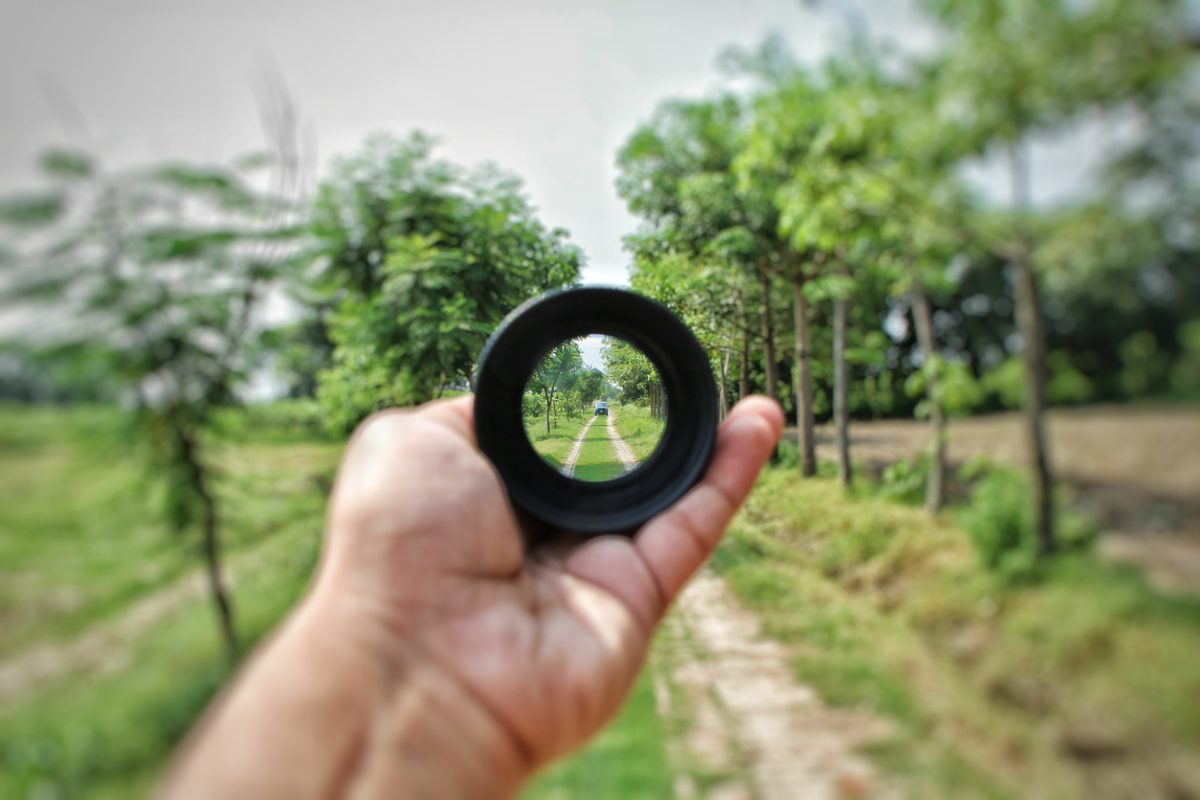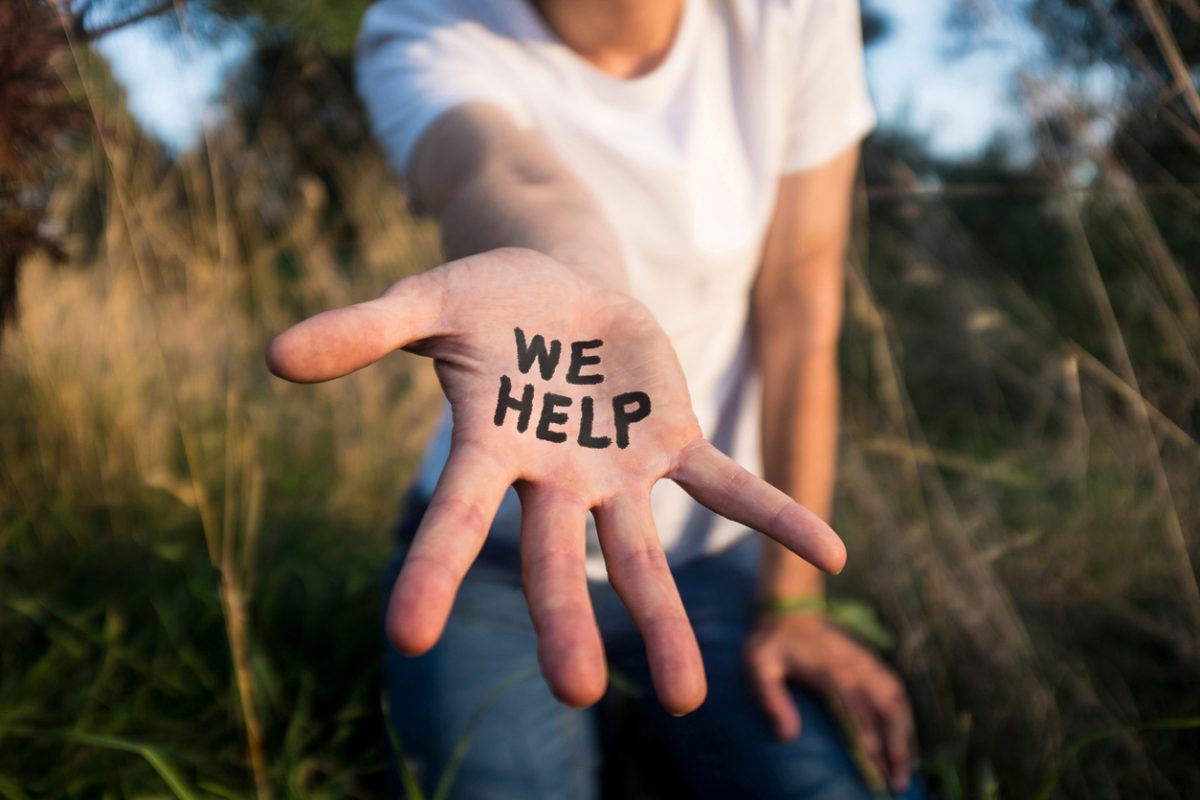
This is a post that is relevant to recovering addicts looking to start dating, people who have fallen in love with recovering addicts and need advice, and steady relationships between addicts or an addict and a non-addict looking to learn more on how to help each other.
Addiction can take a toll on a person – and when you love that person, it will take a toll on you as well. That, right off the bat, is what everyone needs to know when getting into a relationship with an addict: there’s baggage involved.
But when you really get down to it, that’s true for most relationships. How often have you fallen in love with someone who was emotionally distant, or unavailable? Carried deep secrets and childhood traumas? Suffered from depressive symptoms? Happened to be in-love with someone else?
The list of things that could possibly go wrong in relationships that absolutely have nothing to do with addiction is a very extensive list indeed – so don’t presume that being in love with an addict will automatically make the relationship discouraging, or unrewarding. Loving a recovering addict may very well be the best decision you’ll ever make for your happiness.
But just like every other relationship, it comes with a heavy burden and a significant risk – and since we’re involving addiction here, there’s a little bit of work cut out for the both of you.
Understand the Possibilities
It may be strange to hear this, but there’s a silver lining – an actual shred of positivity – exclusively available to someone dating a recovering addict.
Someone who has achieved sobriety for long periods of time is most definitely disciplined, strong-willed and capable of doing whatever it is they truly want to do. If you want a leader in a relationship, someone who does what they say they will, then a very promising characteristic is the ability to overcome addiction.
However, while that’s something to keep in mind, you also have to realize that being with a recovering addict means that if the relationship ends, you may inadvertently cause a relapse, and be the reason for the failed sobriety of someone working so very hard to get it – something not many can do without the resulting guilt trip.
There are pros and cons to everything – falling in love has the con of falling out of love. When a person’s sobriety feels like it might be at stake, that’s something you have to take into account before you go on this adventure.
Help Replace the Addiction, Don’t Become It
Being with someone can be an amazing opportunity to learn new things, and grow as a person – both through sharing past experiences and pooling together years of life knowledge, but also through making new experiences together and trying out different things to discover a joint passion.
Sometimes, addiction is best beat by replacing it altogether with passion – sports, art, or some other form of release or coping can be a great way to get rid of the mental addiction many drugs leave after they’ve completely gone from your system.
However, be sure not to let that newfound passion be you. Don’t become the new object of fixation for your loved one – make sure that everything you do together can be continued alone, to further individual growth. You are trying to grow together, but the consequences of becoming a new obsession for a recovering addict are far too serious to ignore.
Never Let It Be an Excuse
Addiction recovery is hard business. There’s no denying that alone or even with others, dealing with long-term sobriety isn’t a walk in the park. But you must never let that become an excuse for any inequality or abuse of power between you and your new partner.
Never simply chalk up abusive behavior to crankiness or addiction. Be sure to be very, very clear, that you will not tolerate a single insult or any form of abuse in the relationship – one sign, and you’re gone.
The consequences of utilizing addiction as an excuse for inexcusable behavior in a relationship have to be severe if you want to make things work.
Thrive Together
Being in a relationship with an addict can sometimes make things a little one-sided – as though everything is about making them better. Turn the tables around, and focus instead on the “we” – grow better together.
Yes, make sure to do things together that can be continued alone, but do them together nonetheless – and learn together. Do things they want to do, and do things you want to do. Never accept inequality in the relationship.
When It’s Time to Let Go
No one wants to talk about breakups while a relationship is blooming and blossoming, and that’s entirely understandable. Breakups are sad. They’re depressing. They cut out the joy in life and love and make us cynical and hard in the heart. They contradict every idea of romance.
But they’re a reality most people must face at some point or another. Only the rarest among us have the strange privilege of falling in love once, and never falling out of it. For the rest of us mere mortals, heartbreak is part of being human.
Only when you’re in a relationship where you’re helping someone battle their addiction, the prospect of ending the relationship on anything less than a stellar note can be a bit daunting, because of the fear that all you’ve done together will be undone by the pain of heartbreak, perhaps even leading to a horrifying relapse.
In some ways, it’s similar to a situation wherein you may have fallen in love with someone in a deep depression, and leaving them may cause them to spiral back down.
We are going to tell you that the sensible thing to do is leave as soon as possible. The longer you draw out a relationship that both you know won’t work, the more painful the parting will be – and the longer it’ll take for someone to actually recover and find themselves. If you tear off the band aid now, and right away, then yes – there’s a possibility of relapse due to heartbreak – but after that, you’ll have done the relationship a favor by giving your ex the fastest opportunity to work their way toward sobriety.
Ultimately, the best reason to leave is that the relationship is far too taxing on you – to the point that it’s affecting your ability to think, focus and function due to worries, negativity, and in the worst cases, a fear of your new partner and their unpredictable or angry nature.
Addiction recovery isn’t a kind or flowery process. It can induce a lot of rage and release deep-seated issues, and for someone who isn’t used to prolonged sobriety, it can be a little painful as well. We understand the need to look out for someone you’ve fallen in love with, but don’t do so at the cost of your own sanity and health.




